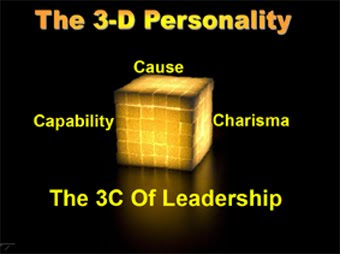When adversity strikes, we tend to be cowed down by the overwhelming circumstances. It is during these tough times that the tough get going. And mental toughness is about accepting reality, analysing facts, realising achievable changes and above all, it is about keeping a sustained positive attitude towards life.
Here’s a story.

A son and his father were walking on the mountains.
Suddenly, the son fell, hurt himself and screamed: "Aaahhhhh!!!"
To his surprise, he heard a voice repeating, somewhere in the mountain: "Aaahhhhh!!!"
Curious, he yelled: "Who are you?"
He received the answer: "Who are you?"
Angered at the response, he screamed: "Coward!"
He received the response: "Coward!"
The son looked to his father and asked: "What's going on?"
The father smiled and said: "My son, pay attention."
And the father he screamed to the mountain: "I admire you!"
The voice answered: "I admire you!"
Again the man screamed: "You are a champion!"
The voice answered: "You are a champion!"
The boy wassurprised, but did not understand.
Then the father explained: "People call this ECHO, but really this is LIFE. It gives you back everything you say or do. Our life is simply a reflection of our actions. If you want more love in the world, create more love in your heart. If you want more competence in your team, improve your competence. This relationship applies to everything, in all aspects of life; Life will give you back everything you have given to it. Your life is not a coincidence. It's a reflection of you! ”
The power of positive thinking is enormous. You thoughts influence how you react with your environment. If you think negatively, you will act negatively and the environmental response will be negative. This will further reinforce your negative thinking, and over a period of time you will be engulfed in the spiral of negativity and failure. Positive thinking will make you act positive, and the probability of positive results will be higher. One positive result and you will be acting towards achieving more such results. This is an upward spiral that will lift you heights of success.



.jpg)
.jpg)
.jpg)



